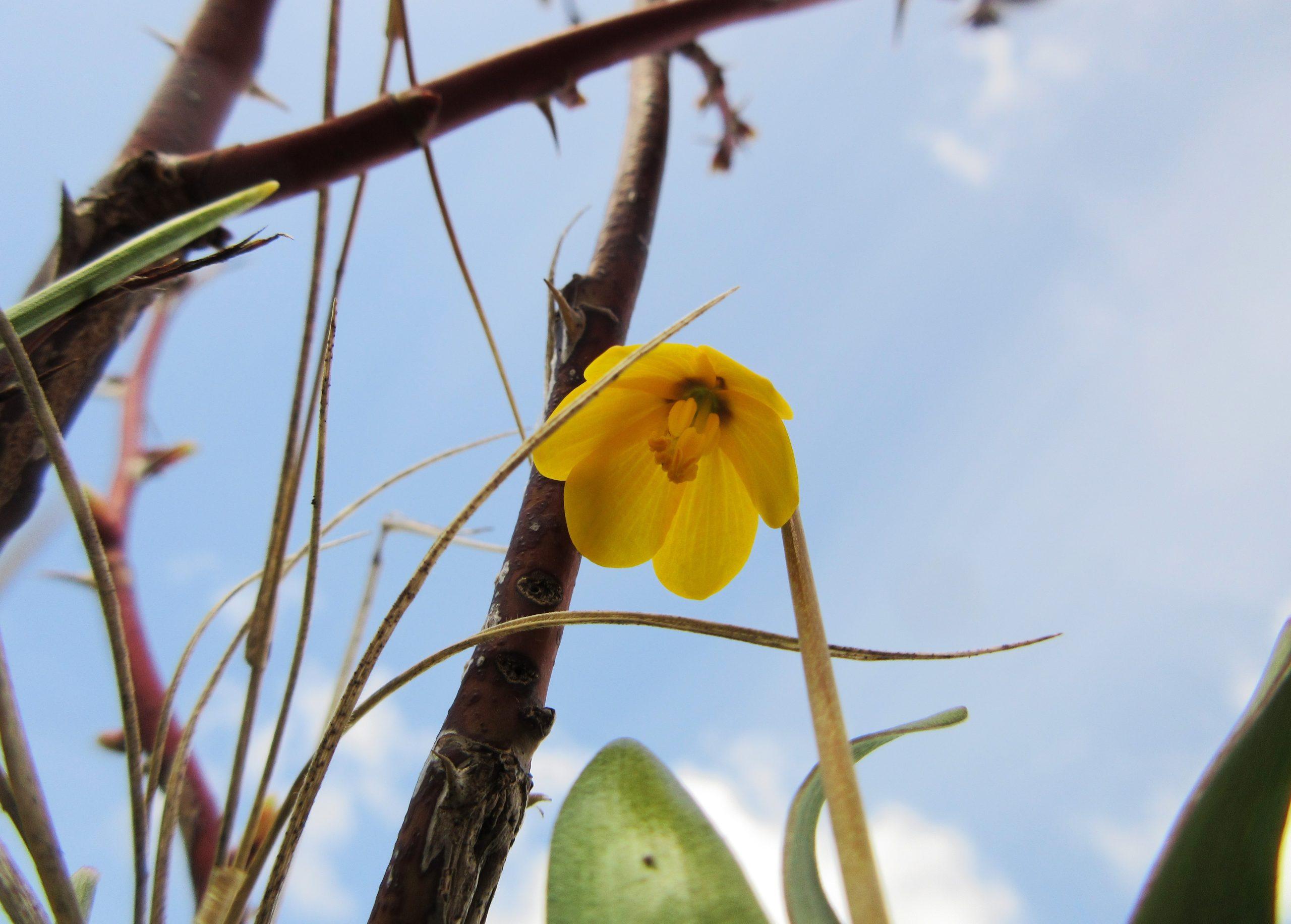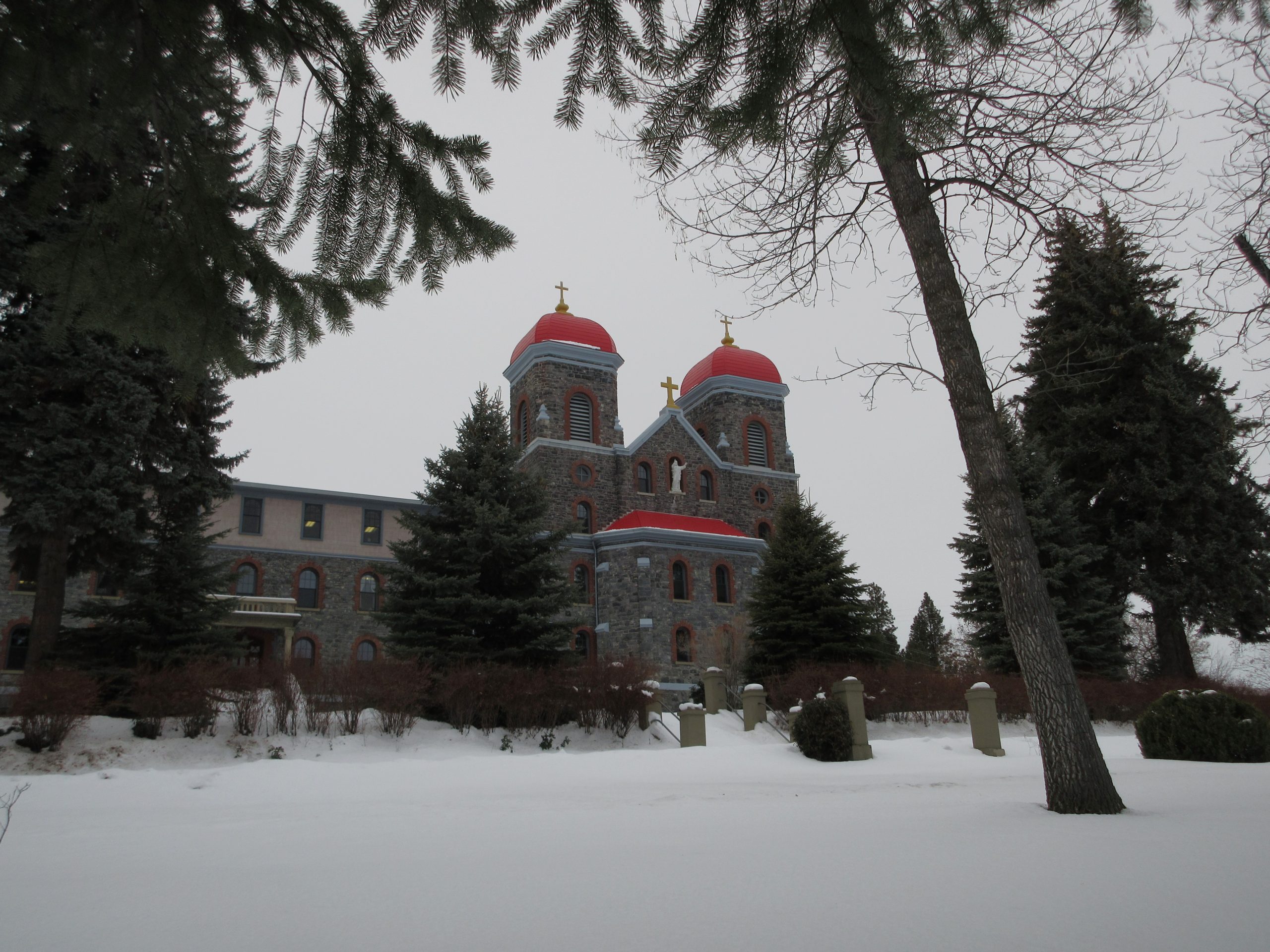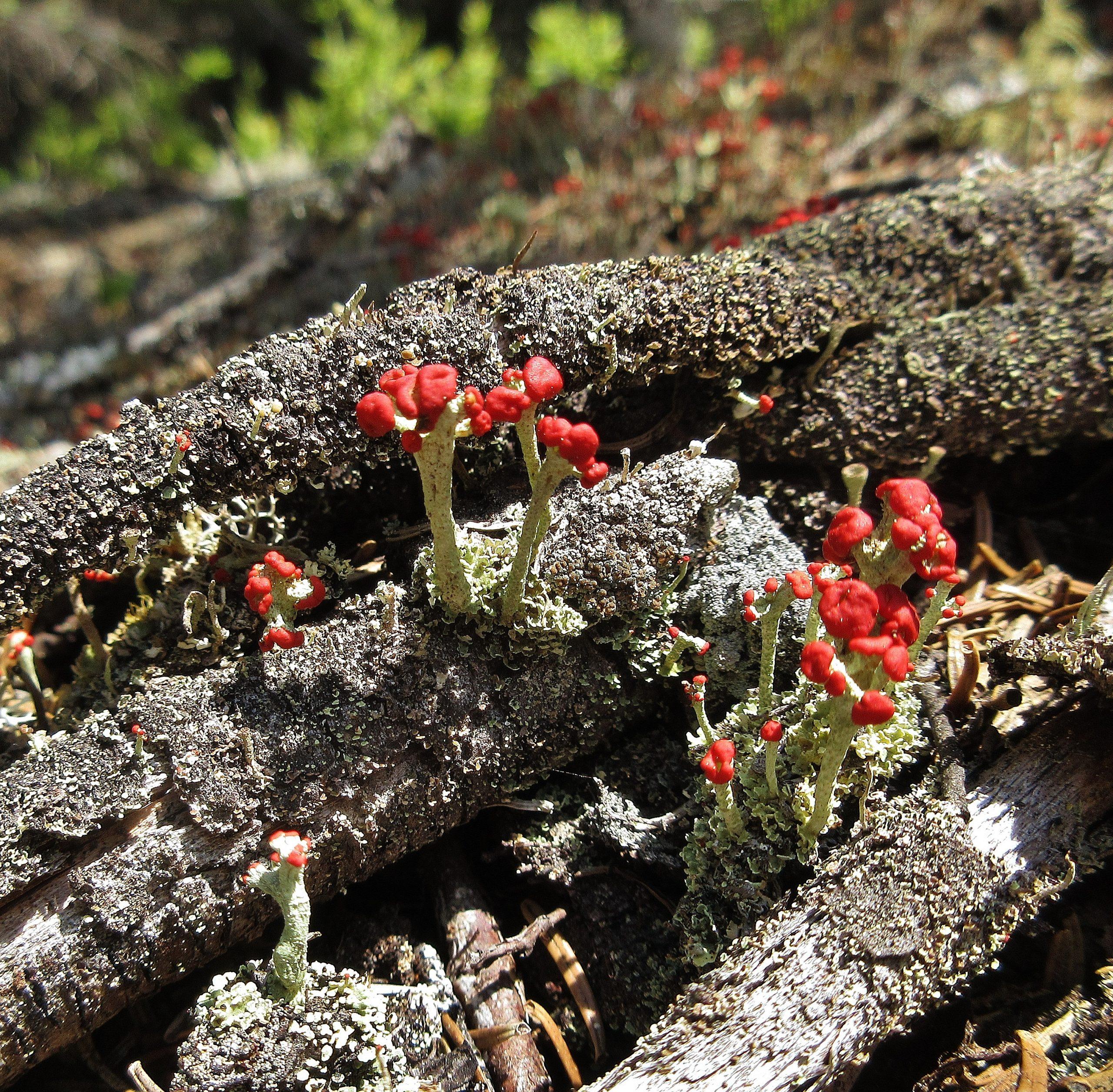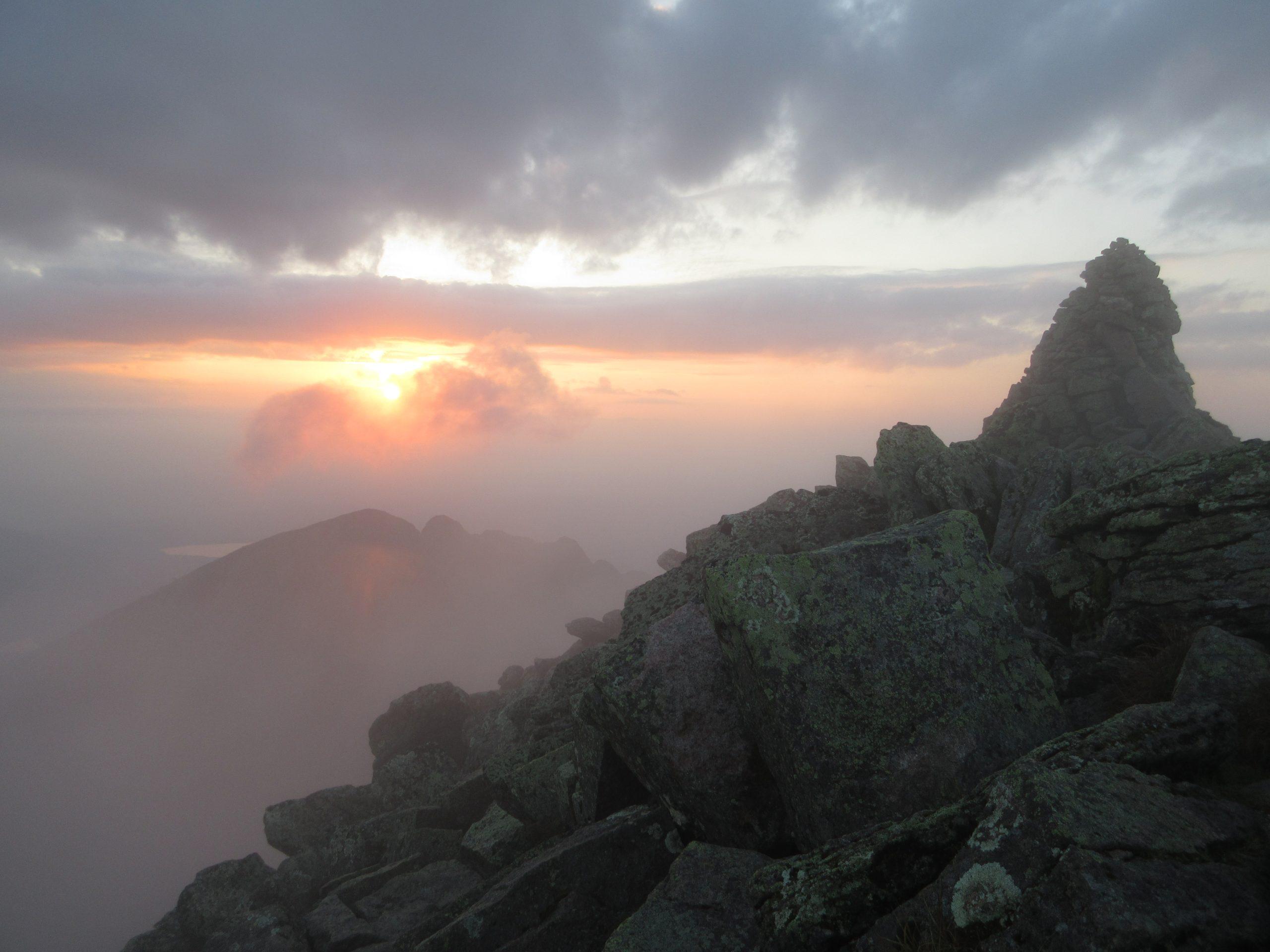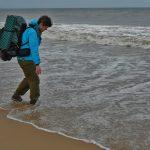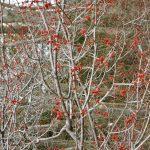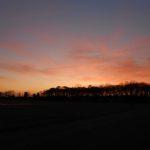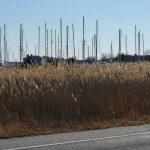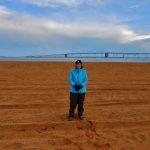Mud season in northern Maine, when trails are impassible and waterways are slowly thawing, is a good time for traveling to other climes. On April 11, I set off for a month as a volunteer at the Center for Benedictine Life at the Monastery of Saint Gertrude in Cottonwood, Idaho (https://stgertrudes.org/).
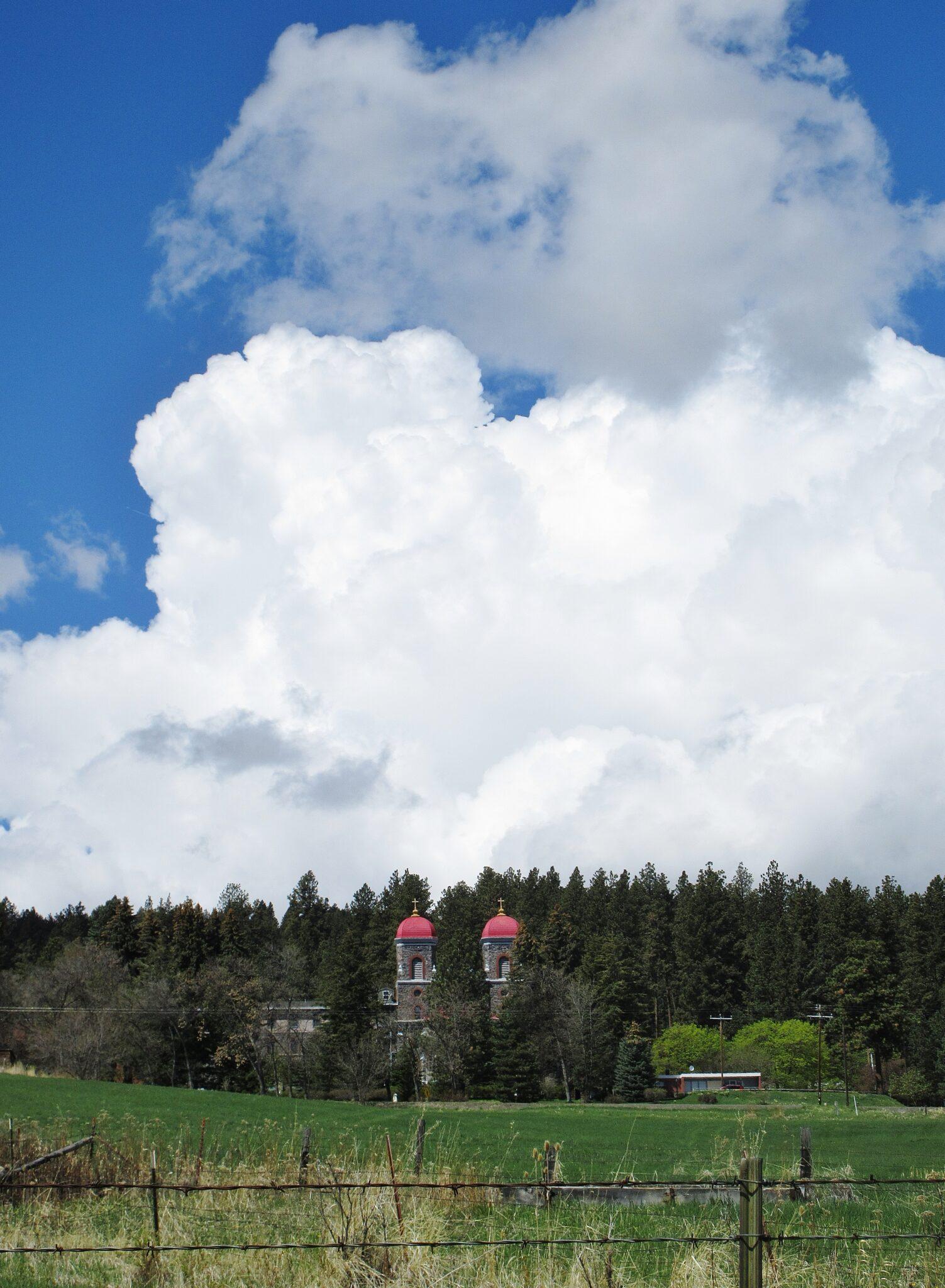
The story of Saint Gertrude’s began in 1882, when three young Benedictine nuns left their cloister in Switzerland and journeyed to what was then the Wild West. They found temporary shelter in a former saloon in Oregon. In 1884, they moved on to Washington. There, more sisters joined them and they opened schools for children of pioneer families.
In the early 1900s, they began acquiring land in Cottonwood, Idaho. In 1919, they started construction of the current monastery, using blue porphyry stone quarried from the hillside above. They named their new home for Saint Gertrude the Great, a thirteenth-century mystic. Over the ensuing decades, the sisters devoted themselves to education and health care, establishing schools and hospitals. Today, the monastery operates a retreat center, inn, and museum.

The latitude of Saint Gertrude’s is 46 degrees north (roughly half a degree farther north than Greenville, Maine), and its elevation is close to 4,000 feet above sea level. On the morning of April 18, we awoke to a dusting of snow, though it didn’t last.
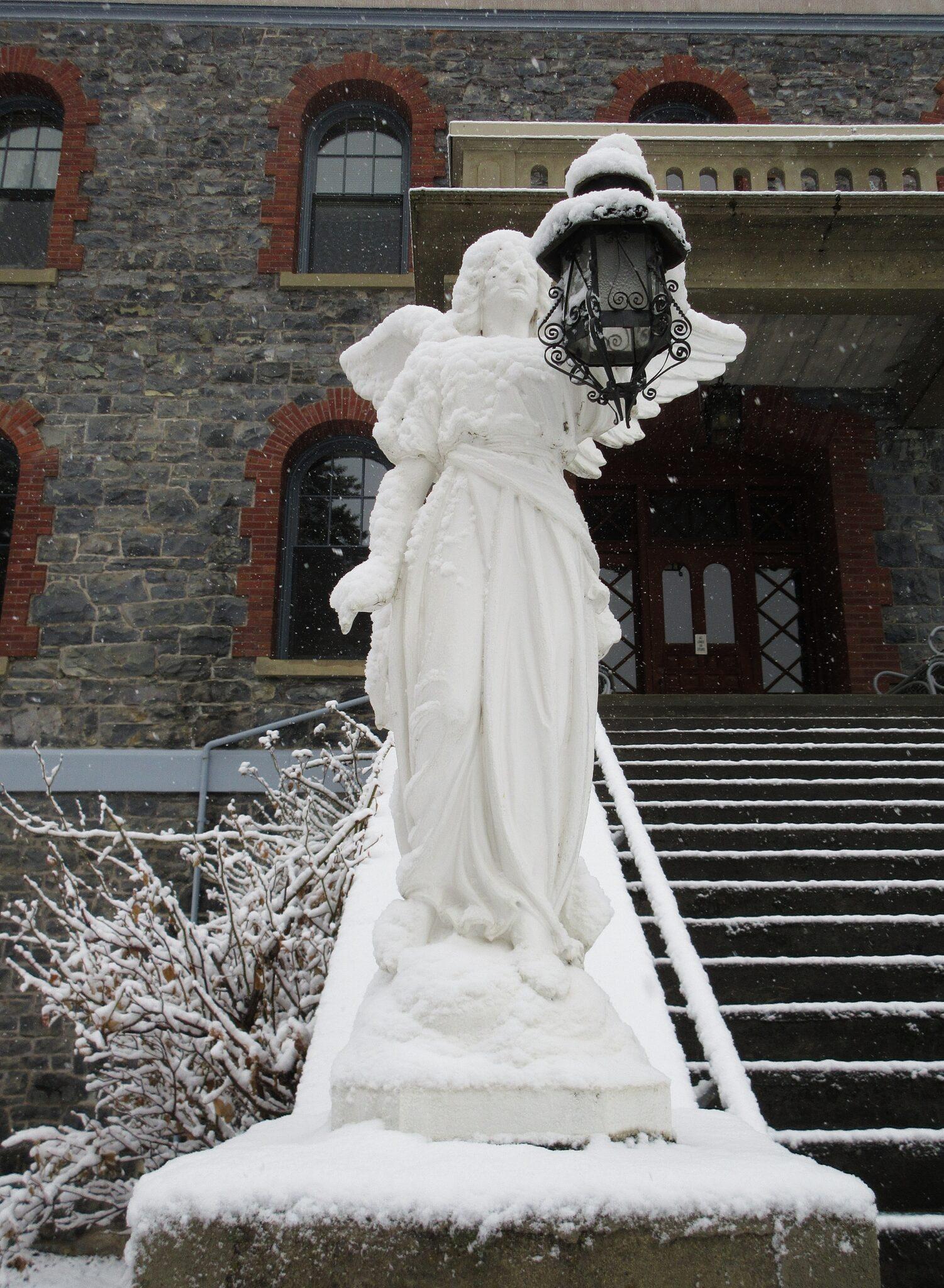
A snowy guardian angel.
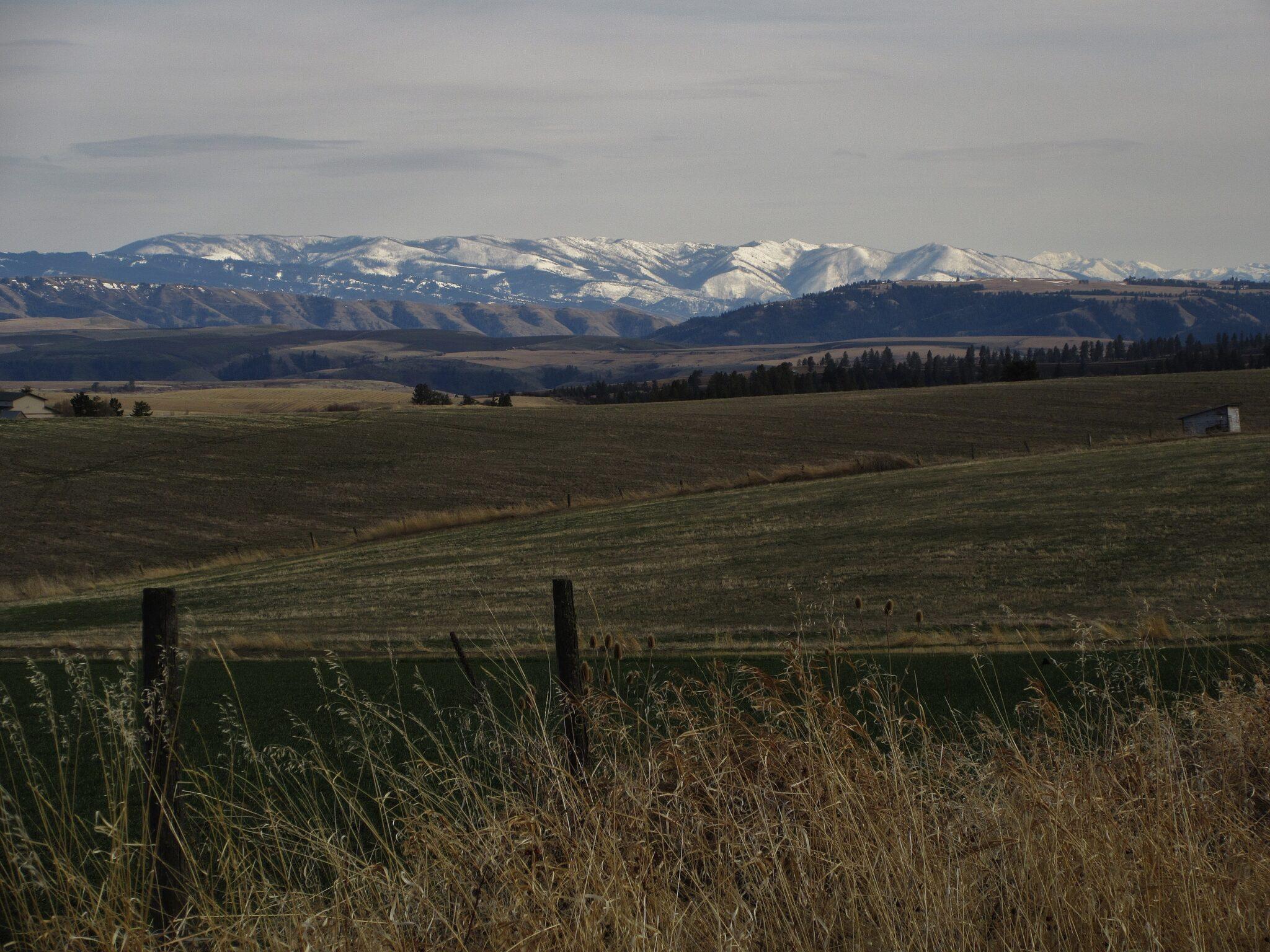
The monastery is on the Camas Prairie, named for the blue flowering camas, whose bulbs were a traditional food source for the indigenous Nimiipuu (Nez Perce). This view, en route to the pump house that supplies the monastery’s drinking water, looks across cultivated fields toward the snowcapped peaks of the Gospel-Hump Wilderness.

The Salmon River has etched a deep valley into the prairie. On an afternoon in late April, a half-hour’s drive from the monastery took us over an abrupt edge, then far down into what felt like a markedly different climate and ecosystem. On the prairie above, spring still seemed somewhat tentative. In comparison, the river’s shore was warmer and vibrantly green.
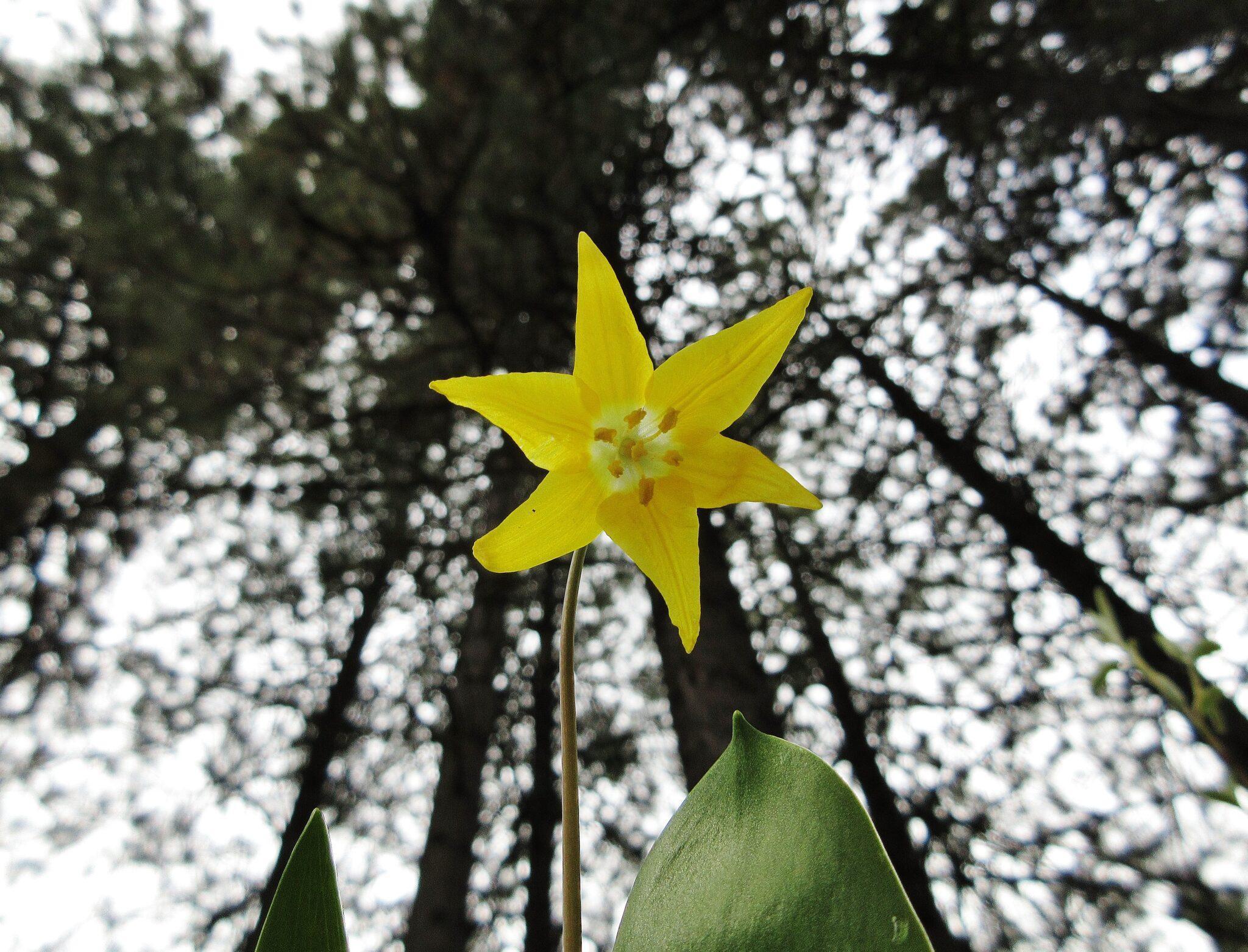
On the hill above the monastery, yellow fawn lilies – close relatives of Maine’s trout lilies – bloom beneath towering ponderosa pines. The sisters steward 1,400 acres of land. There are fields, a garden, orchard, and berry patch, but most of the land is forested; sustainable timber harvesting provides income.
The sisters have articulated a Philosophy of Land Use that expresses their sense of connection with the earth: “Through the years our community and this land have been bonded together. With humility we recognize the earth (humus) as the source from which we (humanity) receive our life and sustenance. Our inner spirits are renewed by the contemplative environment it provides. Listening with the ear of our heart to the wisdom expressed through creation, opens us to the deeper reality of God in our lives. As a source of food, water and firewood, the land has nourished and healed our bodies even providing the stone for the building which shelters us and the flowers and trees that decorate our home. This interconnectedness is ultimately realized at the time of death when our bodies return to the earth.”
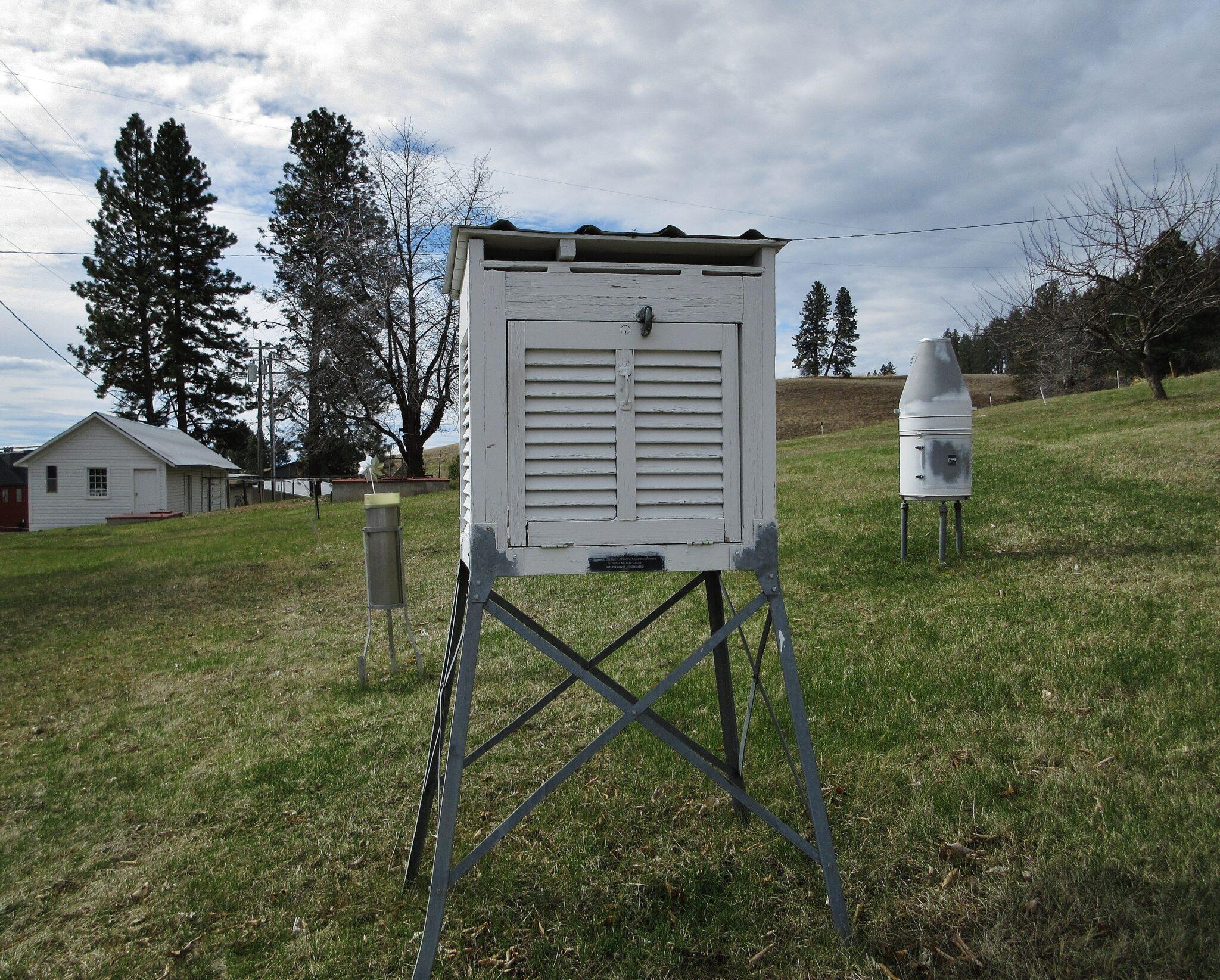
Walking paths wind up the hill above the monastery, inviting visitors to take time for a meditative stroll. Near the trailhead is a small National Weather Service station, operated continuously by the sisters since 1939. The data reported from this station are particularly valuable for climate research, because it’s rare for the environs of a station to remain unchanged for so long. Over time, the surroundings of many other weather stations have been developed and paved, which alters temperature readings.
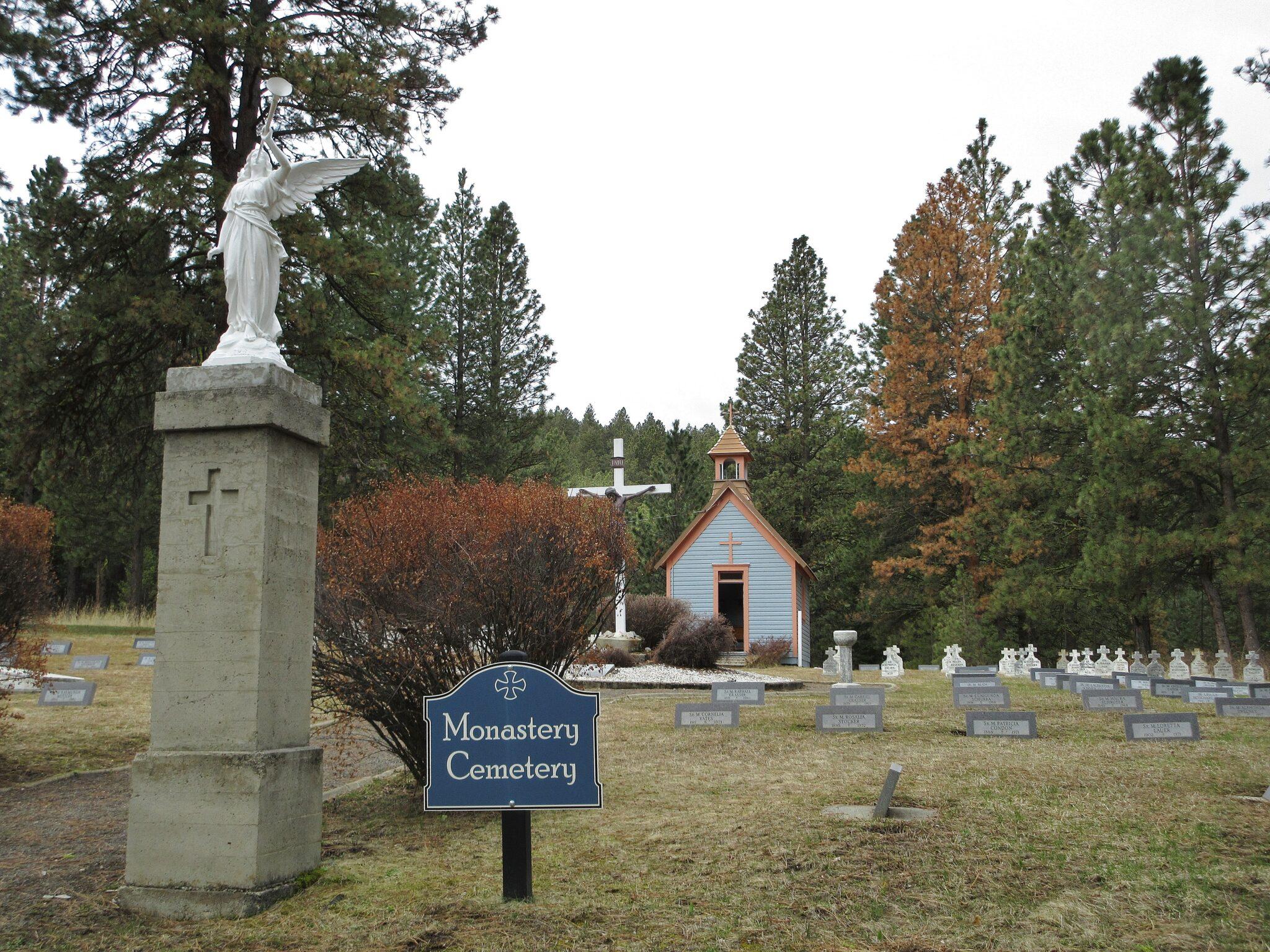
The main path climbs sharply to the small cemetery where the bodies of sisters are laid to rest.
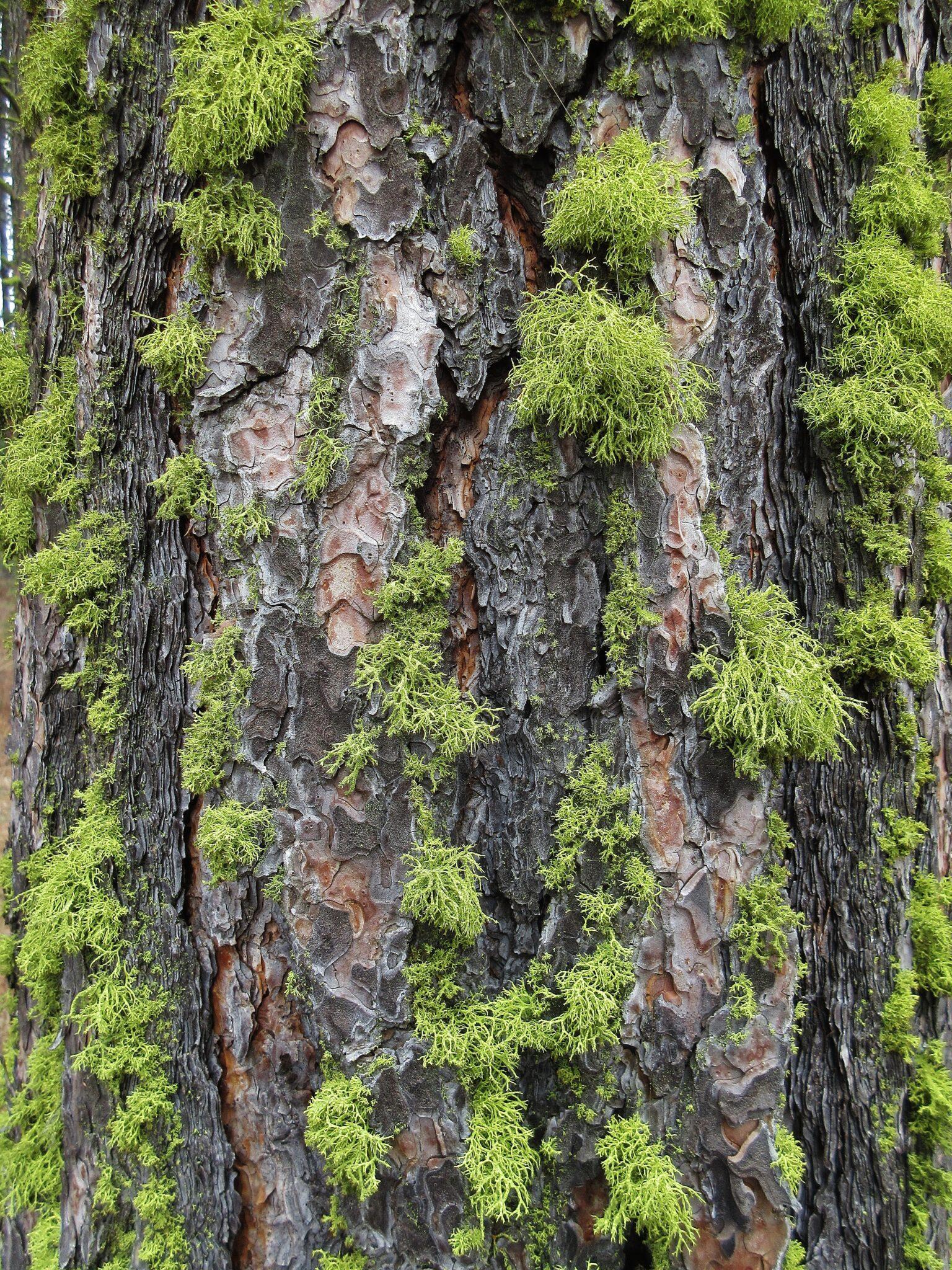
Lime-green lichens grace the bark of ponderosa pines along the trail. The sound of the wind blowing through the tops of the trees reminded me of the rushing of a whitewater river.
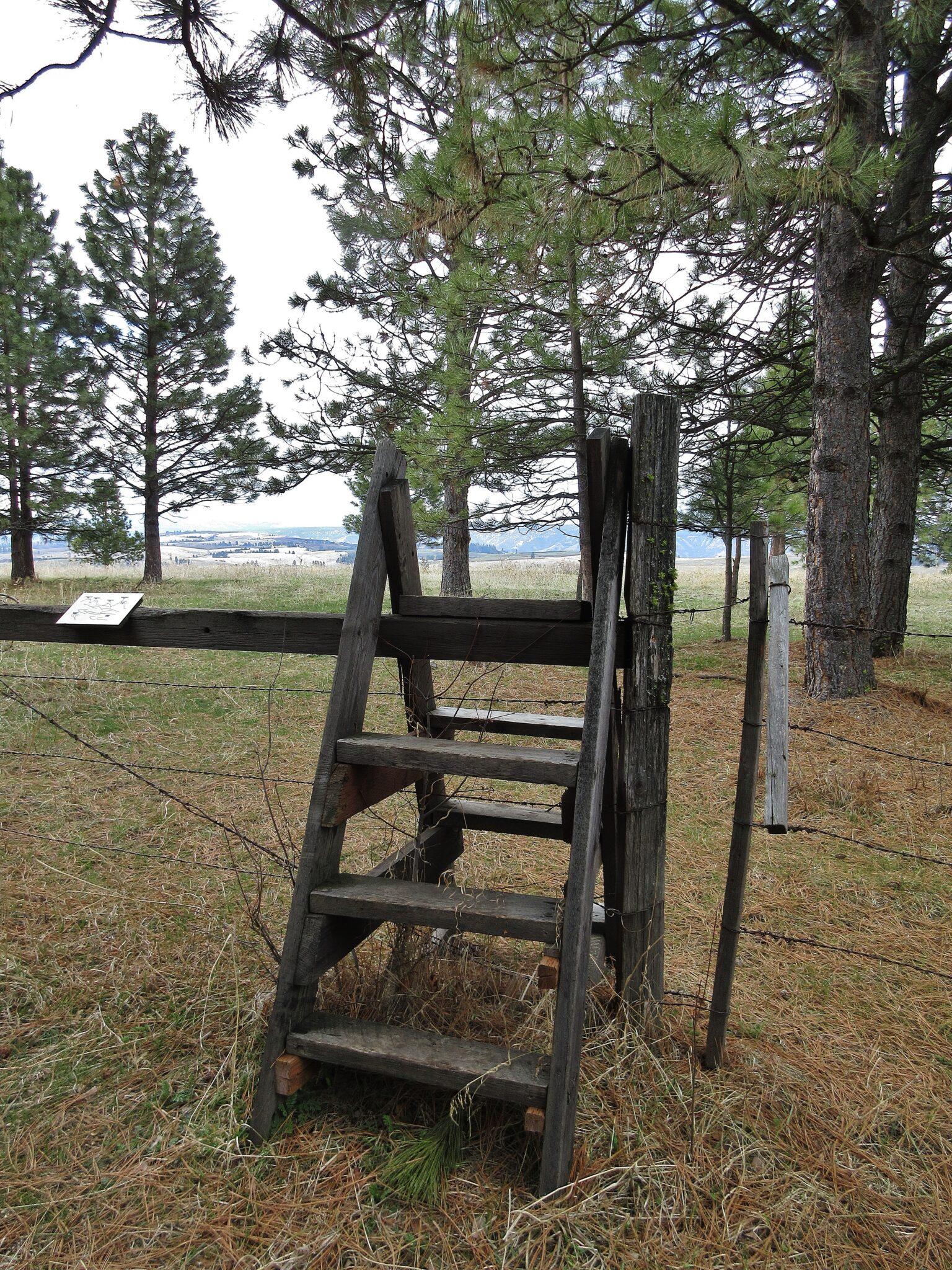
Near the top of the hill, walkers find a stile that offers access over a barbed wire fence.
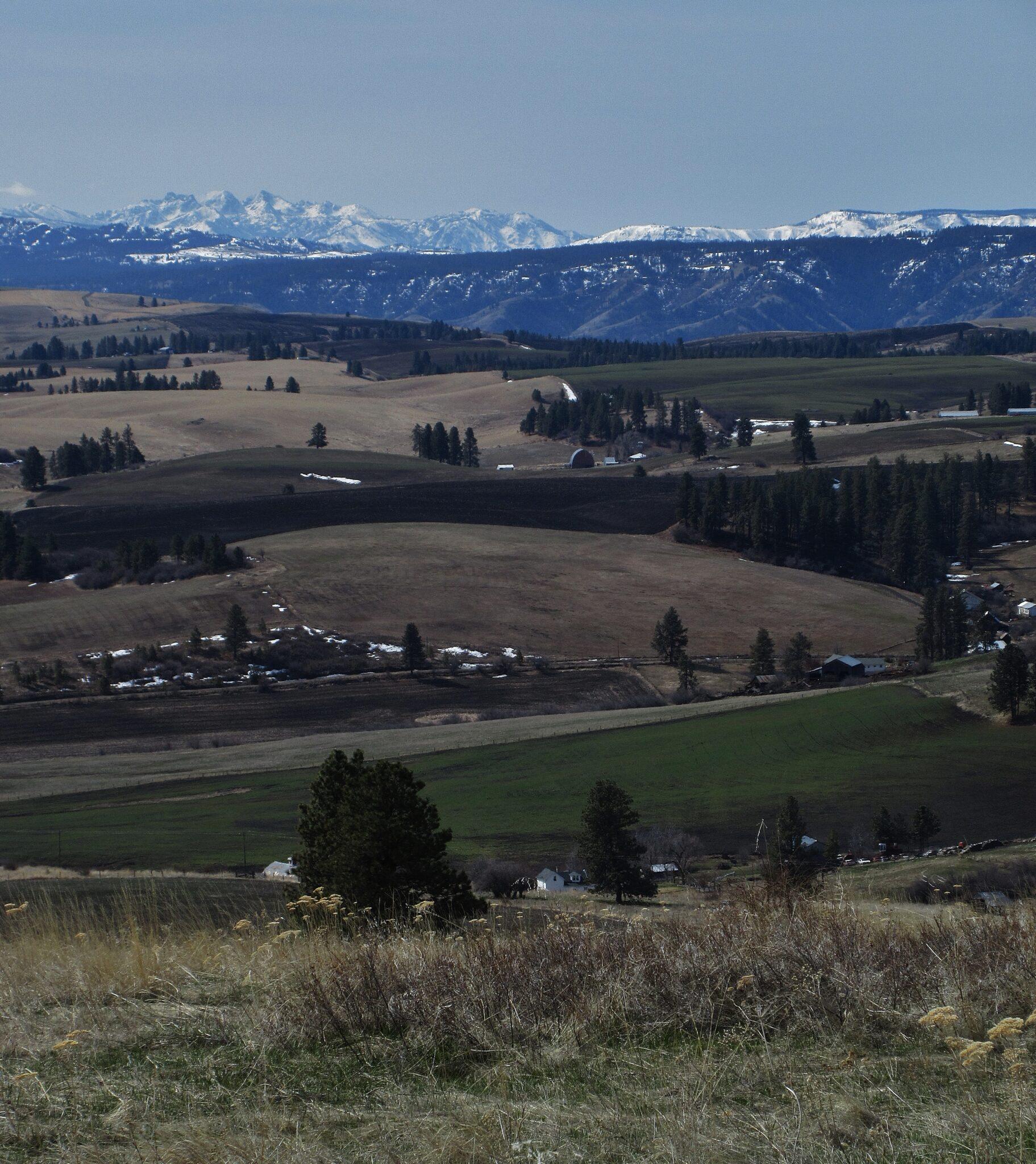
Beyond the fence, there is a high meadow with a view toward the Seven Devil Mountains. A hundred million years ago, the Seven Devils were a chain of volcanoes in the Pacific Ocean; the west coast of North America lay between the land on which the monastery sits and where the peaks now rise. On my first visit to this spot, I was delighted to hear the sweet yet energetic notes of a new-to-me bird song: my first-ever Western meadowlark.
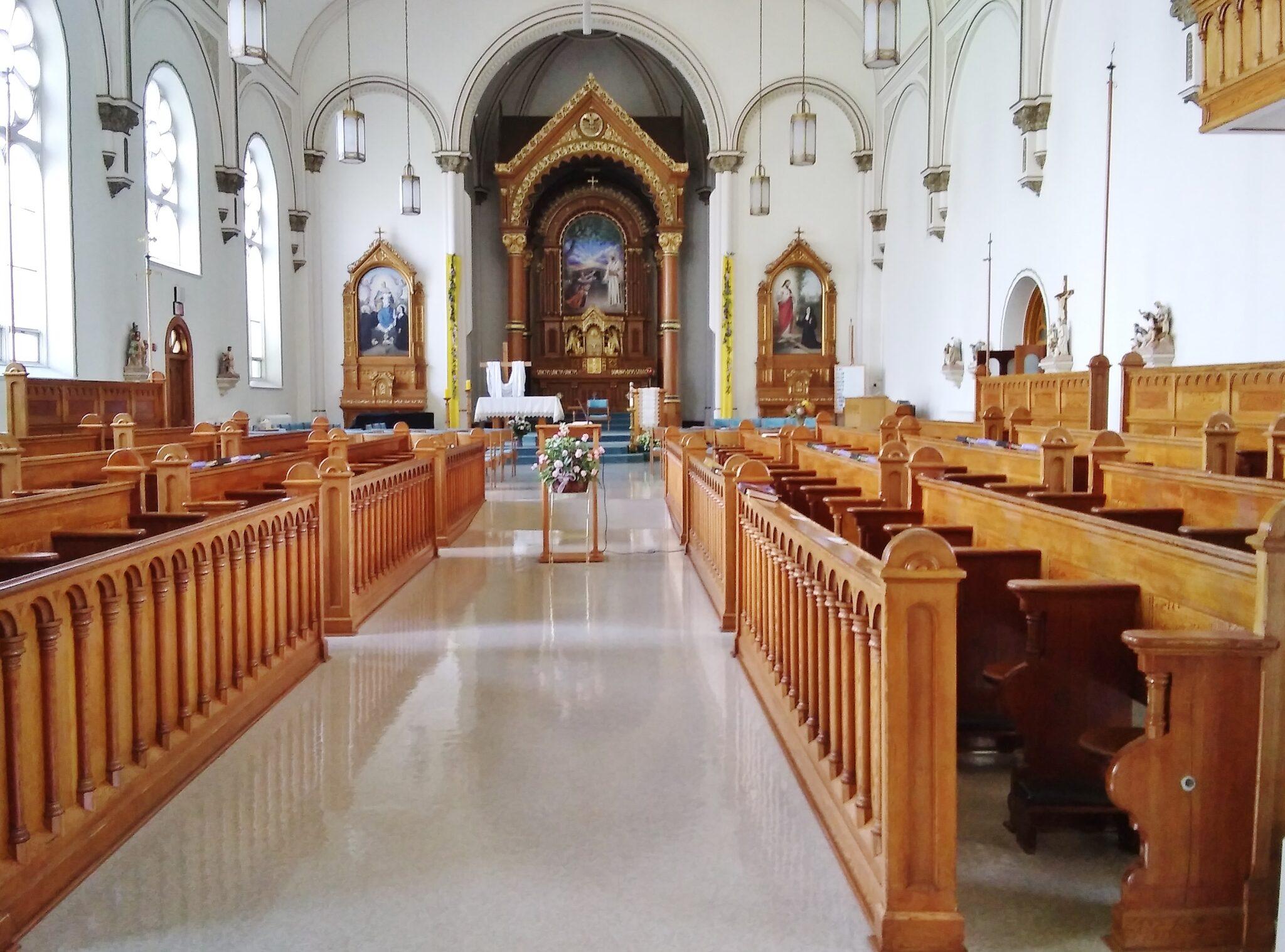
The chapel is the heart of the monastery. Here, the monastic community meets to pray three times a day. Each community member has her own seat in the choir stalls.
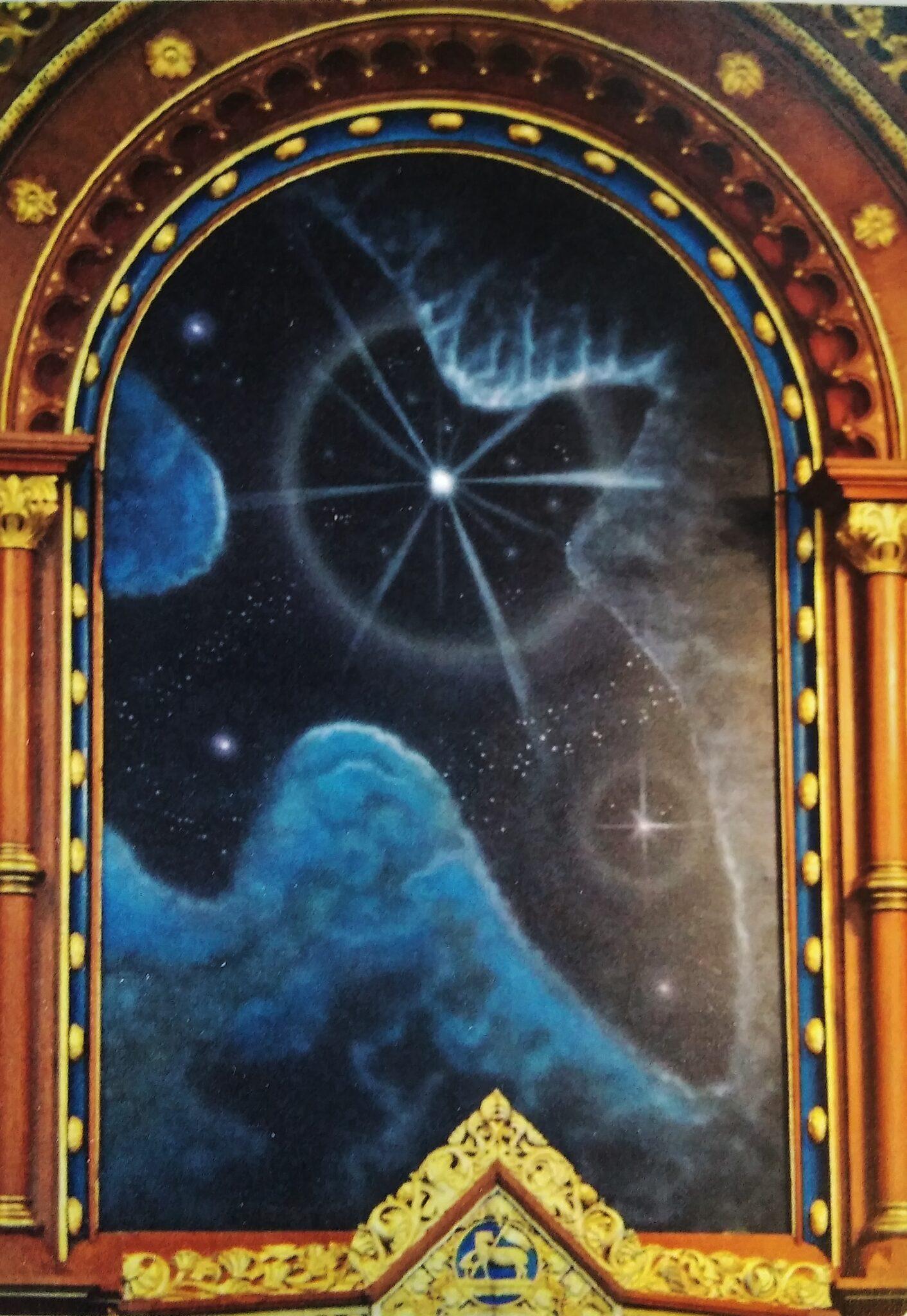
There are eight paintings that rotate above the chapel’s altar, according to the season. This painting, “Creator Spiritus,” is based on a photo taken from the Hubble telescope. The painting conveys the awe-inspiring immensity of the universe. But to me, it also serves as a reminder that each one of us is an integral part of the cosmos. We each have a purpose to fulfill. In comparison with the vastness of the whole, the role of each individual may seem small, but it is by no means insignificant.
I will be returning to manage the Monson A.T. Visitor Center for the upcoming hiking season. If you’re in the area, please stop by and say hello! From June 3 through October 9, the center will generally be open Thursday-Monday, from 8-11 AM and 1-5 PM.


